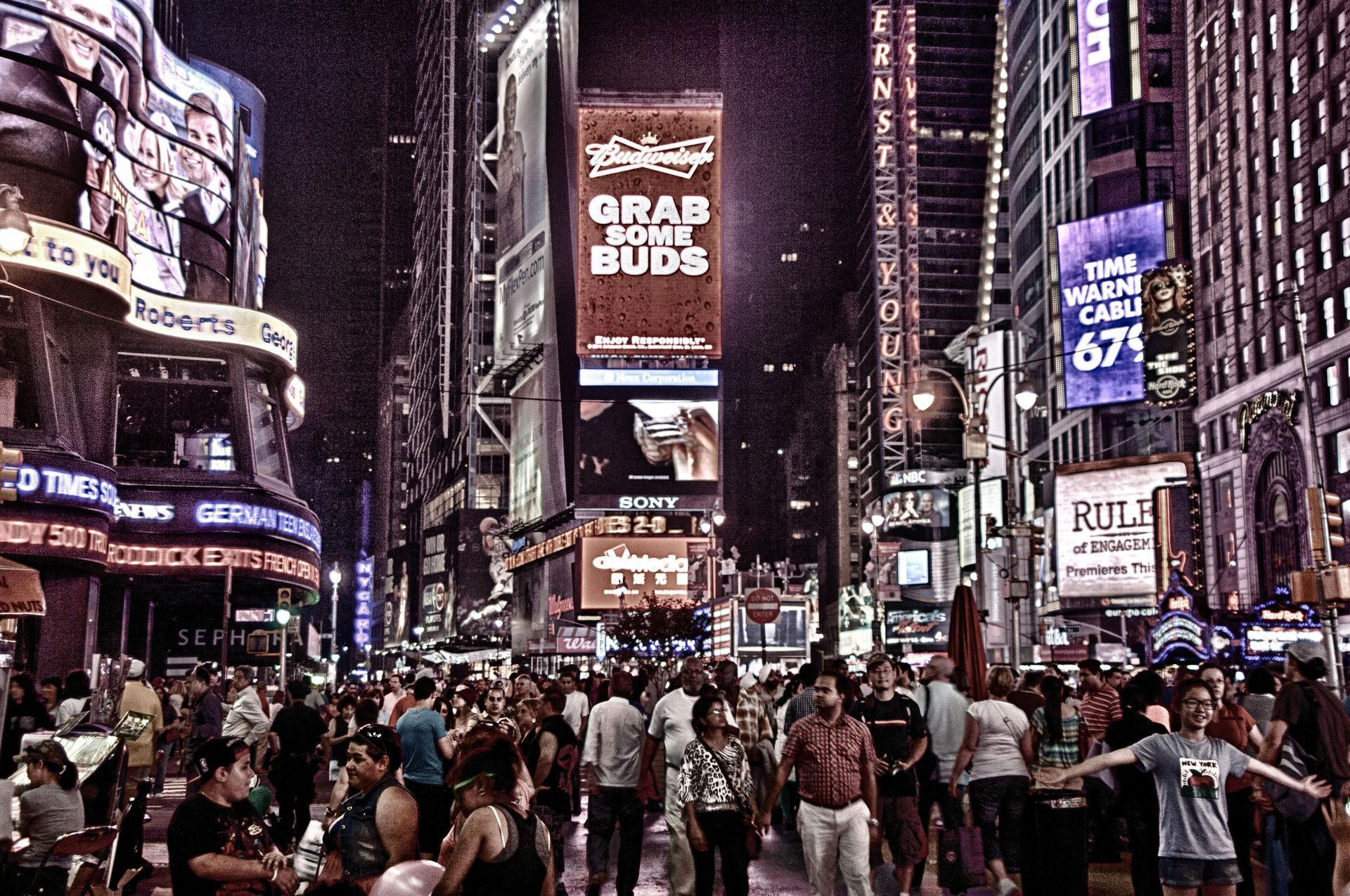Changing Marketers' Minds about Out of Home (OOH) Advertising
In today’s digital-first world, marketing strategies are often synonymous with social media ads, search engine optimization, and influencer campaigns. Yet, Out of Home (OOH) advertising is quietly reasserting its relevance, especially as brands seek to cut through the digital clutter. As OOH evolves with digital technologies, it offers a potent blend of visibility, engagement, and targeted messaging that’s hard to ignore. This article explores how OOH advertising is not just surviving but thriving, compelling marketers to reconsider its value in a well-rounded marketing strategy.
The Evolution of OOH: From Static to Digital
Traditionally, OOH advertising was synonymous with static billboards, posters at bus stops, and other large-format ads plastered in high-traffic areas. These formats were primarily used to build brand awareness. However, the advent of digital screens and data-driven approaches has transformed OOH into a dynamic medium capable of much more. Today’s digital billboards are not just passive displays; they’re interactive, adaptable, and can even integrate with social media and mobile devices to create a seamless multi-channel experience.
For instance, the ability to run time-sensitive ads or ads triggered by real-time events has made digital OOH (DOOH) a versatile tool. A campaign can change based on the weather, traffic patterns, or even local events, ensuring the message is always relevant to the audience. This adaptability allows brands to target specific demographics effectively, making OOH an integral part of performance-driven marketing strategies.
Why Marketers Should Pay Attention to OOH
One of the biggest challenges in modern marketing is breaking through the digital noise. As online advertising becomes increasingly crowded and expensive, OOH offers a cost-effective alternative with a high return on investment. According to recent reports, OOH is the most trusted, most noticed, and best-recalled ad medium among consumers. This trust is crucial, especially when digital ad fraud is rampant, and consumers are increasingly skeptical of online ads.
Moreover, OOH advertising offers unparalleled reach and visibility. Unlike digital ads, which can be blocked or skipped, OOH ads are unavoidable and can make a lasting impression on potential customers. This is particularly true for brands aiming to increase their awareness and establish a strong presence in a specific market. The physicality of OOH ads—whether a towering billboard in Times Square or a digital screen in a bustling subway station—lends a sense of permanence and credibility that digital formats often lack.
The Strategic Role of OOH in Modern Campaigns
Today’s OOH advertising is far from the one-size-fits-all approach of the past. Brands now use OOH formats strategically, aligning them with broader marketing goals. For example, digitally native brands like Coterie and Saint James are leveraging OOH to build brand awareness and drive specific actions, such as increasing sales during events or changing consumer perceptions.
Coterie, a diaper brand, utilized OOH to target high-income parents in key markets like New York City and Los Angeles. The campaign featured relatable, storytelling-driven content that resonated with its target audience, significantly increasing web traffic and brand engagement. Similarly, Saint James timed its OOH campaigns with key events like the Coachella festival to boost product sampling and sales.
Data in OOH is also revolutionizing campaign planning and execution. Brands can now use demographic data to select the best ad locations, ensuring they reach the right audience at the right time. For example, digital billboards equipped with AI can tailor content to match the preferences of the viewers in front of them, creating a personalized advertising experience in the real world.
Integration with Digital Channels
One of the most compelling reasons to reconsider OOH is its seamless integration with digital channels. Modern OOH campaigns often feature QR codes, social media integrations, and augmented reality (AR) experiences. These elements enhance engagement and bridge the gap between offline and online marketing.
For instance, a QR code on a digital billboard can lead to a landing page, an AR experience, or a social media campaign, creating a unified brand experience across multiple touchpoints. This integration is particularly effective in driving consumer action, whether purchasing, signing up for a newsletter, or following a brand on social media.
Moreover, the data collected from these interactions can be invaluable. Marketers can track how many people engaged with the OOH ad, their actions afterward, and how they influenced their purchasing decisions. This level of insight allows for continuous campaign optimization, making OOH a powerful tool in the marketer’s arsenal.
The Future of OOH: A Digital Renaissance
As we look to the future, it’s clear that OOH advertising will continue to evolve alongside digital technologies. The rise of 3D billboards, data-driven dynamic creative, and augmented reality is already changing the game, offering new ways for brands to engage with consumers.
In an era where consumer attention is the most valuable currency, OOH's ability to cut through the noise and make a memorable impact is more relevant than ever. By integrating OOH into a broader marketing strategy, brands can leverage its unique strengths to drive awareness, engagement, and, ultimately, sales.
For marketers who have traditionally overlooked OOH in favor of digital channels, it’s time to rethink its potential. OOH is not just a top-of-funnel channel; it’s a versatile, data-driven medium that can play a crucial role at every customer journey stage. As the line between the digital and physical worlds continues to blur, OOH is poised to become an even more integral part of the marketing mix.
TALK TO A PRO
We're here to bring your brand to life!
Stay Connected with BrandXR
Create Augmented Reality for Free!
Create, Publish, and Measure 3D Augmented Reality Experiences Without Having to Code.














